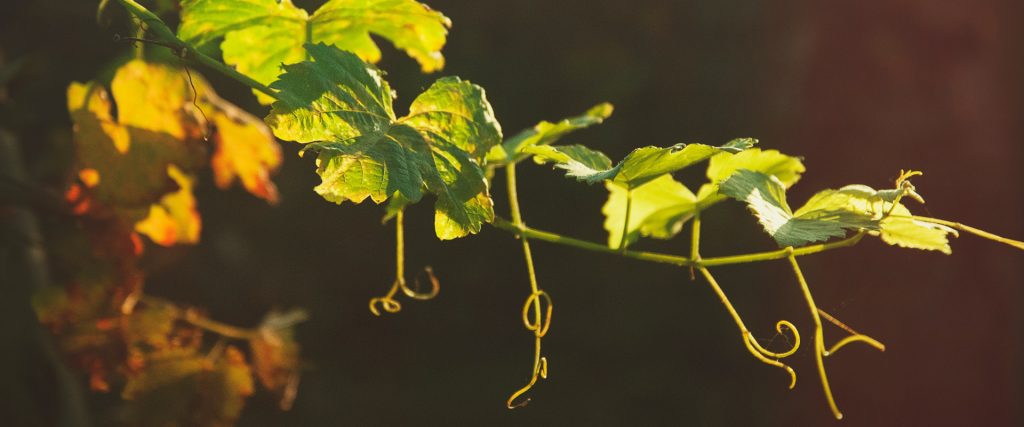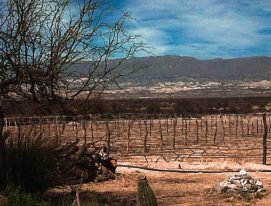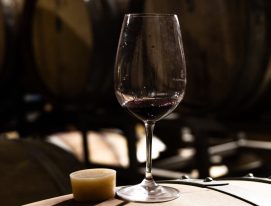Argentine Malbec: a national icon. The story of how Argentina seduced the world in the early 21st century with flavorful, concentrated Malbecs full of sweet tannins, red fruit aromas and generous oak aging is well-known. However, as winemakers learned more about the variety, these early years gave way to a fascinatingly diverse range of products that arose through extensive research and experimentation with winemaking methods and in the vineyards, as well as the exploration of new terroirs.
Argentine Malbec the icon: diversity and expansion
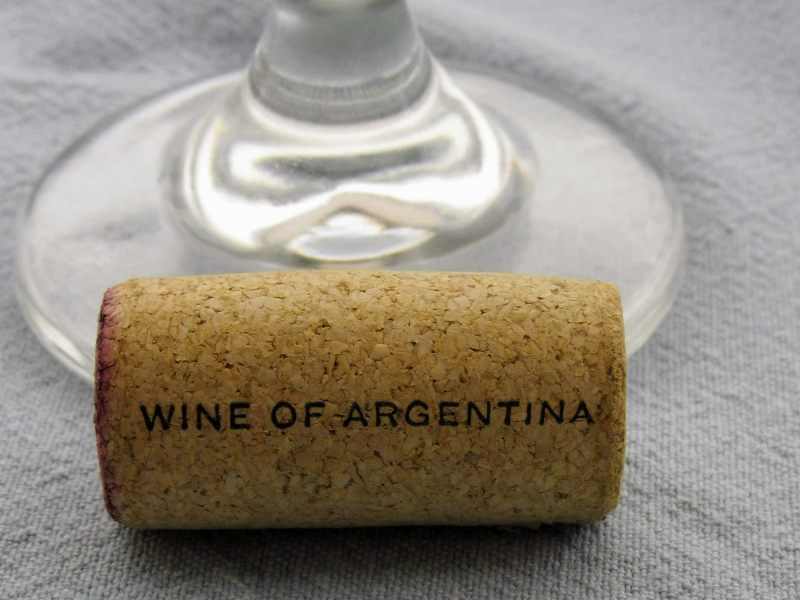
“Malbec has proved itself malleable enough to adapt to different environments throughout Argentina, presenting a distinctive character wherever you go. Today, we’re versed in many more kinds of Malbec than twenty years ago,” says Juliana Del Águila at the Patagonian winery Bodega Del Fin del Mundo. She celebrates the curiosity of consumers across the world who want to learn more about Argentine Malbec from beyond the traditional regions.
At the other end of the country, Lucía Romero at El Porvenir de Cafayate adds: “Daring to make Malbec without following the tried and trusted recipes and breaking with existing paradigms didn’t just show the world what we’re capable of, it also helped us to see that focusing on micro-terroirs was feasible and needed to be valued.”
Alejandro Vigil at Catena Zapata and El Enemigo Wines, declares enthusiastically: “Malbec has spread across the world with its unique, distinctive flavor, piquing the interest of consumers and allowing us to share the bounty of our different landscapes.”
Meanwhile, in Río Negro, also in Patagonia, Guillo Barzi Canale at Bodega Humberto Canale says: “We were able to make Argentine Malbec a premium product, which paved the way for people to enjoy superb expressions of different regions across the country. Meanwhile, in many cases, toning down the intensity of the oak was key to helping the variety to express itself in as clear and pure a way as possible.”
Innovation and precision
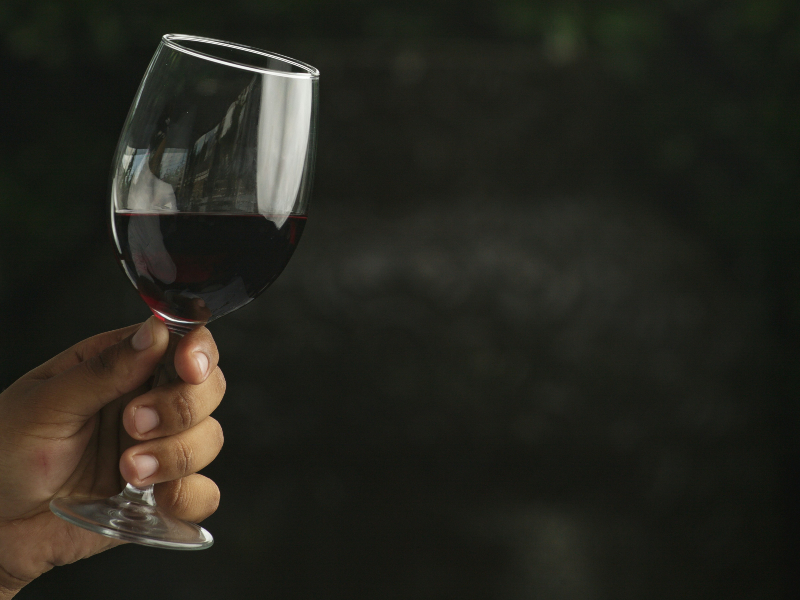
In Mendoza, Agustina Hanna at Ruca Malen highlights the exploration of new regions and how new viticultural landscapes led to new expressions for Argentine Malbec while also noting that the “evolution in winemaking methods helped us to produce more precise, authentic and expressive wines. We worked hard on achieving the right harvest time, fermentation temperatures, aging vessels, extraction methods, employing whole bunches and plenty of other variations.”
And so the consecration of Argentine Malbec as a national icon was a result of its overall identity and quality but also a dynamic oenological scene that continues to strive to achieve the best expressions that Argentine terroirs have to offer.
How to maintain success
Winemaking is a path on which there is always something more to learn and the question now is how to sustain the success of Argentine Malbec in a world where consumers are increasingly demanding, where “the climate is changing, fashions shift and we evolve. It all drives us to keep exploring new paths and get better every day. It’s a lovely challenge for the industry, and I have no doubt that Malbec will continue to help us grow. There’s a wonderful future ahead but we need to keep moving,” says Agustina Hanna.
Germán Di Cesare at Trivento Wines says that “Malbec is a variety that allows us, more than others, to learn how to get the best results. We’ve discovered that it can’t just be grown in different places but also made in many different styles; classical, unoaked … and also whites, rosés and more. It’ll keep surprising us.”
In the Pedernal Valley, San Juan, Paula González at Pyros Wines adds: “Over the past 25 years, Argentine Malbec has been planted in many different places and climates, always as part of a quest for greater refinement and freshness. We need to keep working on the development of wines that express the character and sense of a place while working ever more carefully and precisely to bring out the qualities we believe are truly representative.”
Similarly, Sergio Casé at Trapiche emphasizes the need for “time to properly understand all the new developments. For example, the Uco Valley has grown a lot in recent years. We need to keep learning about vineyards that are young right now but that will show us where we should be going with Argentine Malbec.”
Thus, exploring the new vineyards, focusing on details and learning about soils are to a great degree the aspects on which Argentina needs to focus to maintain Malbec’s place as one of the great wines of the world in the years to come.
Argentine Malbec: the future of an icon
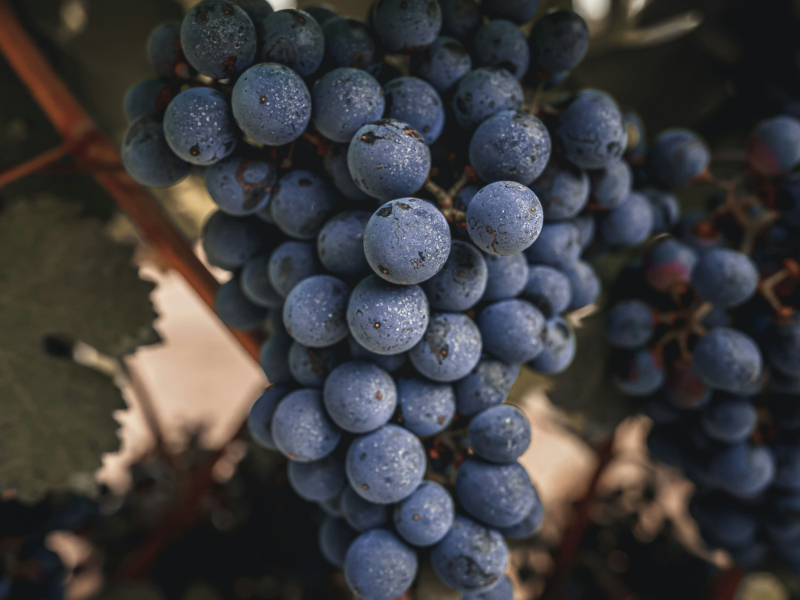
The enthusiasm one sees in every professional is an excellent indicator of Malbec’s promising future; it’s a wine that keeps surprising consumers and winemakers alike.
At a time when climate change is threatening the future of some of the world’s viticultural regions, one of Malbec’s great advantages is its versatility in different conditions. Juliana del Águila says that “Malbec will expand more in Patagonia because it’s a naturally balanced, elegant wine that comes out more floral and less concentrated in the terroirs around here. I see Malbec gaining more ground overseas with its versatility.”
The renowned oenologist Susana Balbo adds that, “the future of Argentine Malbec will see us reinvent our styles to match consumer trends but without losing our Argentine identity, freshness and expression of the terroir, or the quality of the grapes naturally produced by the vineyards.”
Sergio Casé believes that, “Without a doubt Malbec will continue to grow in the future and we will continue to make new discoveries and expand our knowledge of new areas, working hard at interpreting local conditions and opening the doors to new opportunities for a wine whose global presence is still expanding. But we must also expand our sustainable practices as we make these wines, we must address the challenges of water scarcity, perfecting our farming techniques and thus evolving the quality and style of the wines.”
At the same time, some voices are highlighting the need to explore low alcohol wines, natural wines, unaged wines and wines made with carbonic maceration to help develop the styles that consumers are increasingly demanding.
As Alejandro Vigil concludes, “In the future, Malbec will be planted everywhere, across the country so we’re going to keep learning about it and that will help us to consolidate its status as a world class wine.”
Argentine Malbec has become a voyage of constant discovery that continues to surprise and delight consumers and producers in equal measure. Its future promises to involve expanded frontiers and the winning of new drinkers thanks to an approach rooted in quality and diversity.

